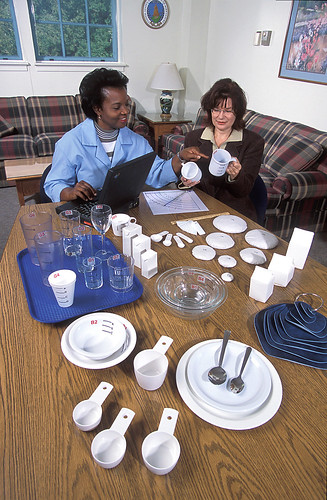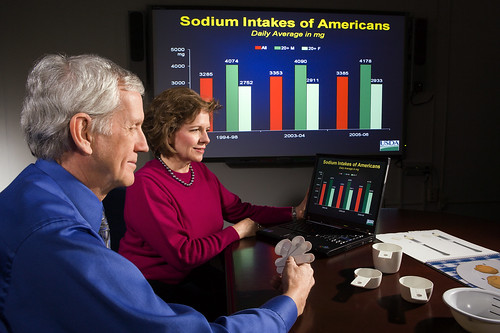
SNAP-Ed provides shoppers with the information they need to make healthy food and lifestyle choices.
March is National Nutrition Month. Throughout the month, USDA will be highlighting results of our efforts to improve access to safe, healthy food for all Americans and supporting the health of our next generation.
Encouraging all Americans to make healthy nutrition and lifestyle choices is a top priority for the U.S. Department of Agriculture (USDA). One of the most important ways we do that is through nutrition education provided by USDA’s Supplemental Nutrition Assistance Program.
SNAP-Ed delivers evidence-based, coordinated nutrition education and obesity prevention services and information to people participating in SNAP, as well as other eligible low-income families and communities. Activities provided through SNAP-Ed encourage physical activity, work to improve nutrition, and prevent obesity. These activities may include:
- Establishing community gardens in low-income areas such as public housing sites, eligible schools, and qualifying community sites;
- Working to bring farmers’ markets to low-income areas and providing nutrition education at those sites;
- Working with local government in developing policies for eliminating food deserts in low-income areas;
- Collaborating with community groups and other organizations to improve the food and nutrition environment in low-income areas;
- Consulting with SNAP retailers on stocking healthier food options and educating shoppers on nutrition;
- Participating in civic work groups that provide input on changing the physical environment to facilitate safe physical activity opportunities in low-income areas.
- Working with schools to coordinate nutrition education with the National School Lunch andSchool Breakfast Programs.
- Promoting nutrition education through the use of MyPlate materials and principles.
Today, USDA announced the release of the rule, SNAP: Nutrition Education and Obesity Prevention Grant Program, which finalizes and fully implements the SNAP nutrition education provisions going back several years to the Healthy, Hunger-Free Kids Act of 2010. The rule also implements a provision of the Agricultural Act of 2014, authorizing promotion of physical activity as part of nutrition education and obesity prevention, in addition to existing efforts to promote healthy food choices.
SNAP-Ed delivers nutrition education and obesity prevention based on research from the Dietary Guidelines for Americans and beyond. This research tackles the topic from many different angles and this comprehensive approach to nutrition education and obesity prevention encourages collaborative efforts among stakeholders and partners.
SNAP-Ed programs must consult and coordinate their efforts with state and local operators of other USDA nutrition assistance programs including the Supplemental Nutrition Program for Women, Infants, and Children (WIC), the National School Lunch Program, Farm to School, and the Food Distribution program on Indian Reservations; and coordinate with other national, state and local nutrition education and health promotion initiatives and interventions. To be effective, we need to work together.
Given the critical problem of obesity – particularly among America’s children – it’s clear that SNAP-Ed has a vital role to play in encouraging healthy nutrition and lifestyle choices. The final rule published today will help us advance toward that goal.













